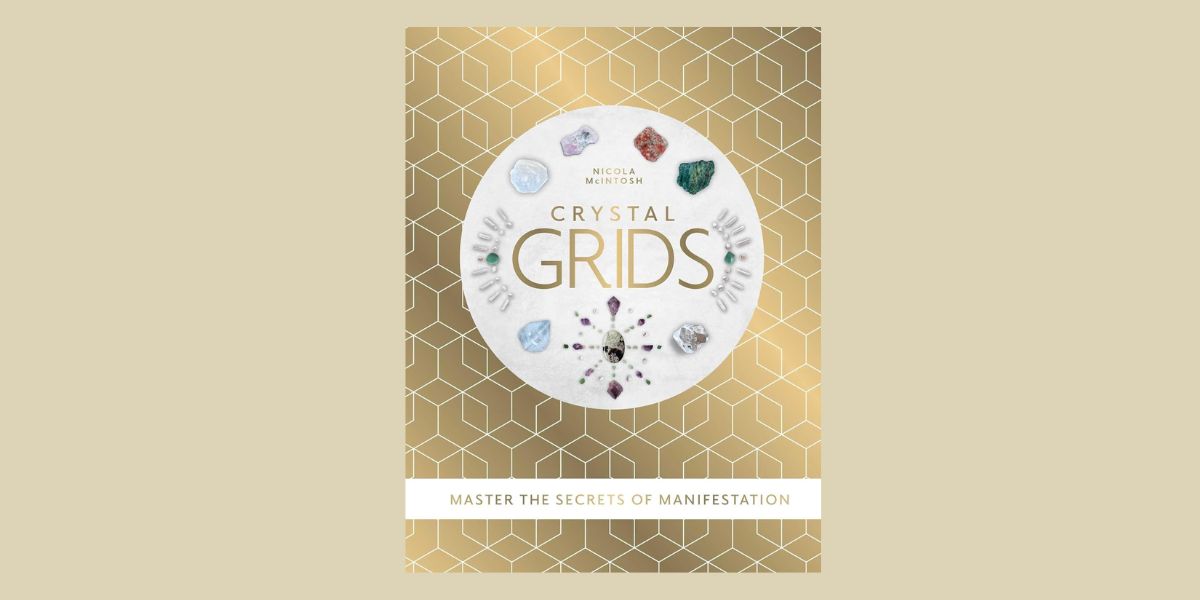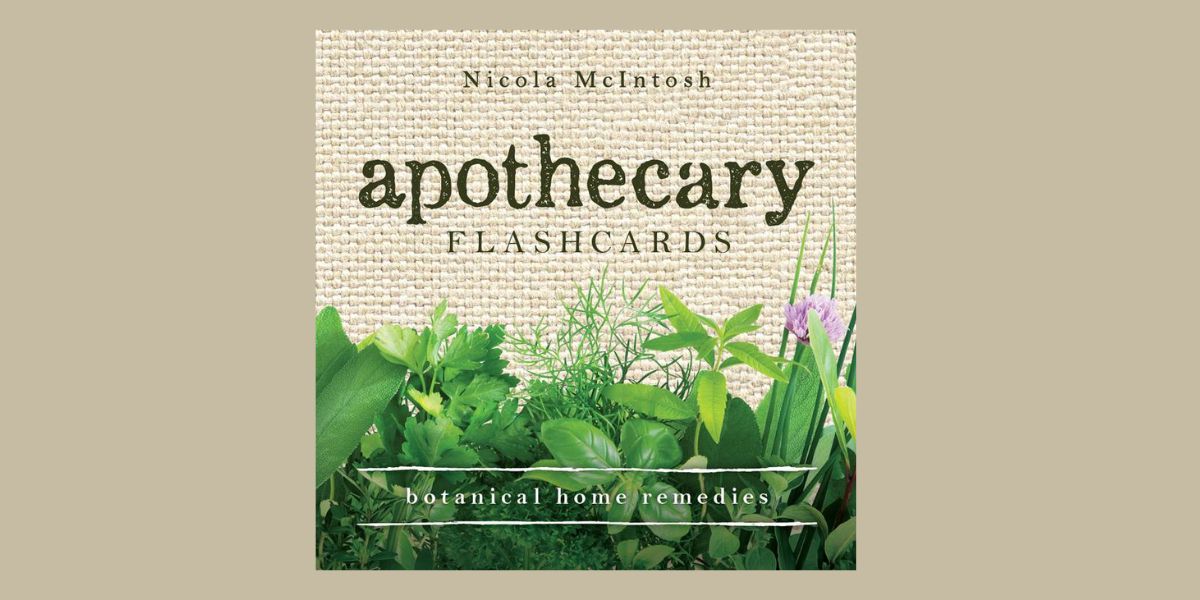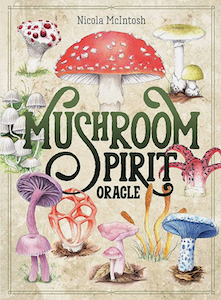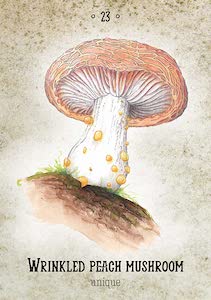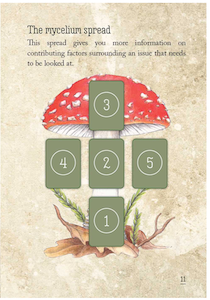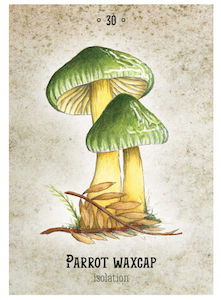
Celtic Cauldron: Rituals for Self-Care and Manifestation, by Nicola McIntosh
Rockpool Publishing, 1922785709, 288 pages, May 2024
The images of conjuring done with a cauldron is a well-known magical image. This is most likely because the cauldron is one of the most versatile magic tools, taking all sorts of shapes and sizes throughout history. From teas to stews, anointing oils to potions, there’s all sorts of creations that a cauldron can bring to life. Celtic Cauldron: Rituals for Self-Care and Manifestation by Nicola McIntosh is a beautiful guide to the many possibilities the cauldron holds, teaching readers how to use their cauldron for spells, healing, divination, and more.
McIntosh blends her wisdom as a Western and Chinese herbalist and Celtic shaman together in this book, providing plenty of nature-based methods for manifestation using the cauldron. Her previous publications include Plant Spirit Medicine, Celtic Spirit Oracle, Mushroom Spirit Oracle, Apothecary Flashcards, and Crystal Grids. She dedicates her time to sharing her knowledge to help others look within, raise consciousness, and tend to themselves and the environment with care. Much of her work is centered on connecting to nature, and this book is a lovely example of how the natural and magical world can support you.
The book itself is absolutely collection-worthy. The cover is a soft fabric, and the sturdy binding makes it easy to flip through the pages and open them fully without harming the spine. All throughout the inside, McIntosh infuses the pages with her artwork and photographs, which is a real bonus as a visual aid to the recipes and directions provided. There’s a real earthy feel to the book, and as soon as it is opened, the natural magic begins to whirl around energetically.
“The cauldron is said to contain the Awen or be the cup of Awen, or the Cauldron of Inspiration. The Welsh word ‘Owen’ means ‘inspiration’ or ‘essence’ and is the inspiration of poets and creative artists.”1
McIntosh begins with a history of cauldrons, sharing famous cauldrons both real and mythological. For instance, there’s the Gundestrup Cauldron “that dates back to approximately the 2nd or 1st century BCE.”2. Then there’s also the mythological cauldrons of Cerridwen and Magda.
Once the history is explored, McIntosh moves into the modern applications of cauldrons, specifically from the Celtic and Druid traditions. She covers how to select and care for your cauldron, with plenty of pictures for inspiration, suggesting one spiritually prepare for their new cauldron by creating space for it on your altar and perhaps even a ritual. I was pleasantly surprised by McIntosh’s practicality, as she notes that a simple tempered-glass product, like a Pyrex measuring cup can work as a cauldron.
Then, before delving into all the magical possibilities for one’s cauldron, McIntosh spends an entire chapter on the importance of ritual. She suggests making self-care a ritual, and offers ways to ritualize your intention, including creating an altar, journaling, and working with plants and crystals. She writes:
“Rituals can literally change anything within your life. When we turn our attention inwards, we make big changes in our external environment because we attract what we are. This is the key to manifestation: We must be in alignment with what we wish to draw into our life.”3
The rest of the book is just tons and tons of amazing recipes for all types of cauldron creations. “Plant Magick” is a chapter covering brews, simmers, essence, lotions, and potions. There’s recipes for fortune telling, inspiration, love, cleansing, and more. My favorite are Dandelion Joy Lattes (dandelion root coffee with milk and honey/maple syrup) and strength potion, which is “excellent for times when you feel vulnerable or run down or need inner strength to face something.’4
The next chapter, “Anointing Oils, Salves, and Melts” covers infused oils and homemade salves for all types of intentions (meditation and calmness, visionary and divination, protection, cleansing and clarity). The melts are lovely too because you can burn them in your cauldron after you make them in your cauldron—things coming full circle! Many of these involve certain spices, herbs, and essential oils, all of which McIntosh covers in detail. Once again, her understanding that not all readers will have access to all ingredients comes through, showcasing her desire to be inclusive in sharing her knowledge with all.
“Fire Magick” focuses on candles and incense. As mentioned before, there’s ton of pictures, which I found especially helpful for this section. I loved the idea of making a small cauldron into a candle that can be infused with herbs and crystals to add to one’s spellwork. I also loved McIntosh’s directions for making a mullein, or hag torch. For those interested in making their own incense blends, McIntosh provides wonderful step-by-step instructions with plenty of visual aids, along with ways you substitute ingredients if needed.
As a kitchen witch, my absolute favorite chapter was “Magical Meals”. For my birthday recently, my husband and I went to the Melting Pot where we did a bit of three-course cauldron magic. This experience was what inspired me to learn more about using the cauldron in my own craft. And in perfect alignment, McIntosh dedicates a whole section to chocolate cauldrons! Absolutely delicious. The recipes include Chocolate Love Bombs, Chocolate Knowledge Bites, and Chocolate Fondue that can be used as a base for one’s own chocolate crafts. In this chapter, McIntosh also teaches how to use the cauldron to make damper scones, rosemary and salt bread, cinnamon and sultana bread, stew, and mulled wine.
The final chapter “Miscellaneous Magick” covers spell bottles, spirit bottles, medicinal pouches, salts (ritual salts, bathing salts, etc.), and scrying. I definitely plan to make the Refresh Bath Salts, which combines basil, eucalyptus, peppermint, and tea tree.
One of the best parts of this book is the immensely helpful appendices at the end. There’s an herbal reference table that spans nearly 35 pages that covers the associate element, planet, polarity, edibility, spiritual use, medicinal use, cauldron use, and caution for hundreds of plants and herbs. It’s astounding how much information is shared in these pages, and it’s a true marvelous resource. There’s also an appendix on crystals, offering insight into the chakra, color, and element of the crystals. The final appendix is the Ogham tree alphabet.
All in all, Celtic Cauldron is perfect for those looking to incorporate a cauldron into their magical practice. McIntosh provides so many ways one can utilize their cauldron magically, from candles to culinary treats. The quality of this book makes it worth the investment, and readers are sure to turn to it again and again when crafting their next ritual. Those new to working with a cauldron will appreciate all of McIntosh’s advice for getting started, while seasoned practitioners will love the informative tables and recipes that make it quick to decide on ingredients for manifesting their intentions.
Alanna Kali is an astrologer, numerologist, and pioneer spirit that loves to explore life through the lens of depth psychology. She has a passion for studying the humanities and social trends. Her academic work is centered upon reuniting body, mind, and spirit through eco-psychology. She loves reading, spending time in nature, and travel.

